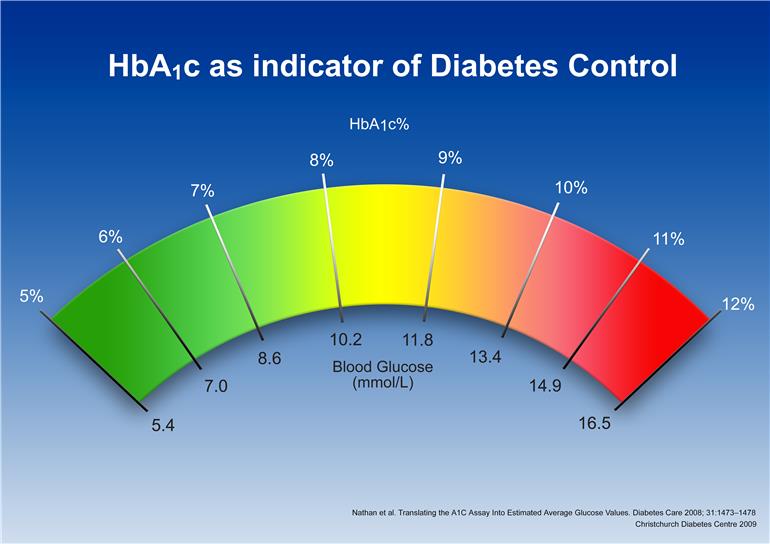Q: Are both blood glucose testing and A1C testing necessary?
A: The American Diabetes Association (ADA) recommends both blood glucose testing and A1C testing. The blood glucose test is a real-time measurement of glucose, while the A1C test shows the glycemic content of hemoglobin in the patient's blood over time, reflecting blood glucose levels over the previous 90 days or so.
Q: Why is the A1C test important for managing blood sugar?
A: The quantitative measurement of percent A1C is recognized and well established by the American Diabetes Association (ADA) as a way to determine a patient's historical glycemic control profile. Monitoring HbA1C allows your doctor to assess long-term compliance with management protocols, such as diet, exercise and medication. The A1C test shows whether the patient's blood sugar is close to normal or too high.
Q: What does the A1C test measure?
A: The A1C test indicates a patient's blood sugar control over the last 8-12 weeks. A1C is formed when glucose in the blood binds irreversibly to hemoglobin to form a stable glycated hemoglobin complex. A1C is only eliminated by the normal replacement of red blood cells, which have a life span of 90-120 days. A1C values are directly proportional to the concentration of glucose in the blood over a period of 90 days and are not subject to the wide fluctuations of blood glucose monitoring.
Q: Why should patients know their A1C percentage?
A: If patients know their A1C percentage, they will know if their blood sugar is under control. A high number, above 8%, is a sign that the patient should work with the health care provider to change the treatment plan. A good test result, 7% or lower, is a sign that the treatment plan is working and blood sugar is under control.
Q: What is the ideal range for the A1C result?
A: The A1C goal for people with diabetes is less than 7%. A change in a patient's treatment plan is almost always needed if the test result is over 8%. If patients can lower their A1C numbers by any amount, they will improve their chances of staying healthy.
Q: How often should the A1C test be done?
A: People diagnosed as having diabetes should get the A1C test at least two times a year if their blood sugar is in the target range and stable. If they are taking insulin, if their treatment changes or if their blood sugar stays too high, they should get the A1C test at least every 3 months until their blood sugar level improves.
Q: Is there proof that lowering the A1C levels can reduce the risk of complications?
A: Both the DCCT and UKPDS studies showed that the lower the A1C number, the greater the chances that people with diabetes will slow or prevent the development of serious eye, kidney and nerve disease. The studies also showed that if people with diabetes can lower their A1C number by any amount, they will improve their chances of staying healthy.
